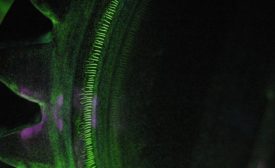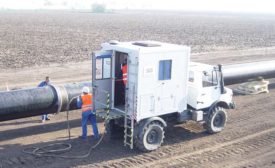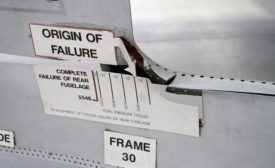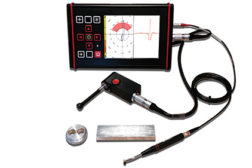Home » Keywords: » crack detection
Items Tagged with 'crack detection'
ARTICLES
The specifications that undergird the magnetic particle inspection process are being continually updated.
Read More
Training to be a Nondestructive Testing Technician
The quality of the training in NDT is critical in the development of competent technicians.
August 8, 2019
Surface Crack Fracture Mechanics Testing
There are many different types of crack types and geometries that can occur in structures, whether caused by manufacturing defects, poor process control, or during the intended service.
September 1, 2018
Stress-Life Fatigue Testing Basics
The many variables associated with material type, sample geometry and in service use of a part or component complicates the design and implementation of an appropriate fatigue testing regime.
August 1, 2017
Eddy Current Testing and Its Role in Improving the Long Term Reliability of Aircraft
Consistently monitoring cracks for advances in their growth is important to maintain aircraft safety, and eddy current inspection can be used to achieve this.
July 9, 2014
Stay in the know with Quality’s comprehensive coverage of
the manufacturing and metrology industries.
eNewsletter | Website | eMagazine
JOIN TODAY!Copyright ©2025. All Rights Reserved BNP Media.
Design, CMS, Hosting & Web Development :: ePublishing




